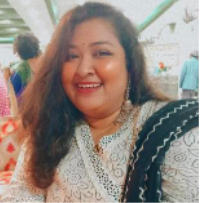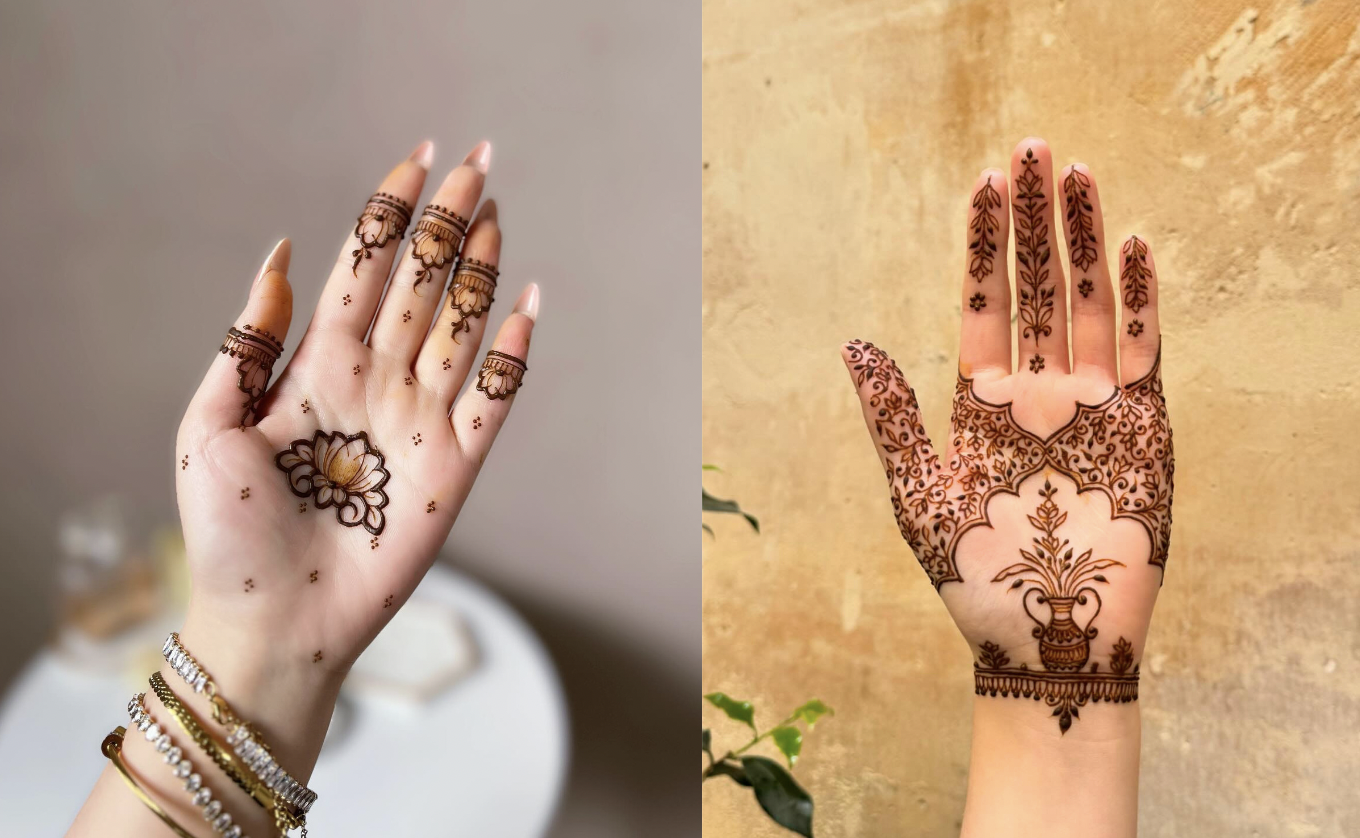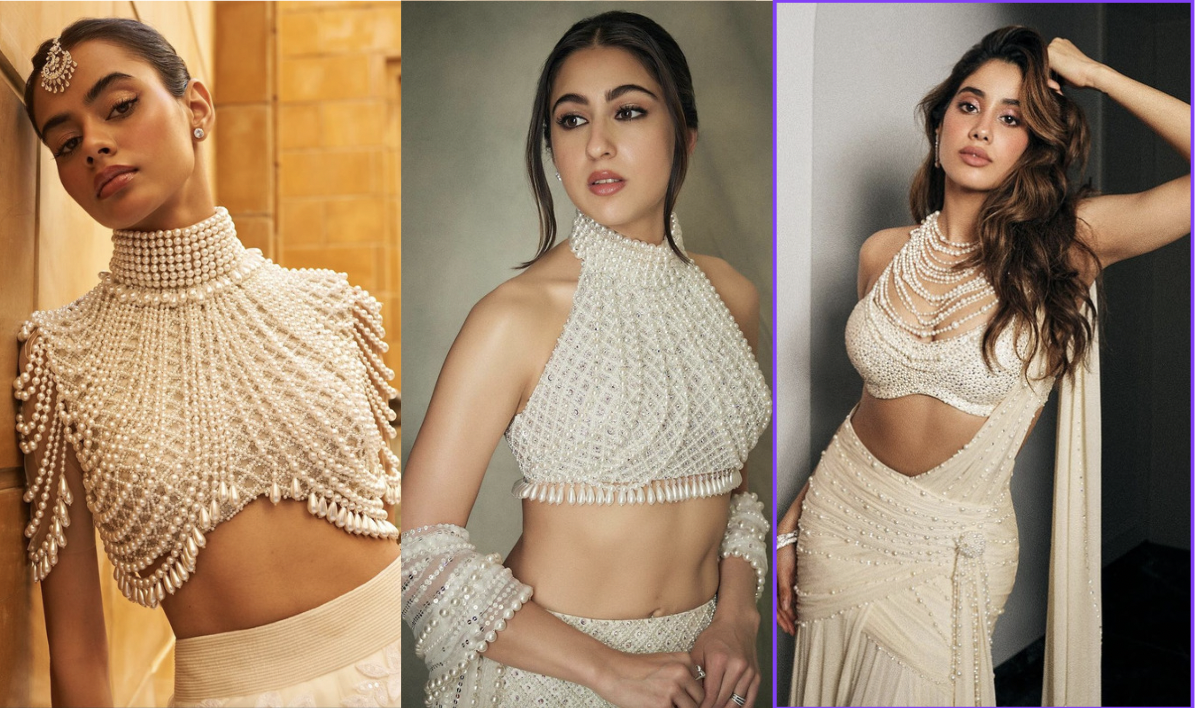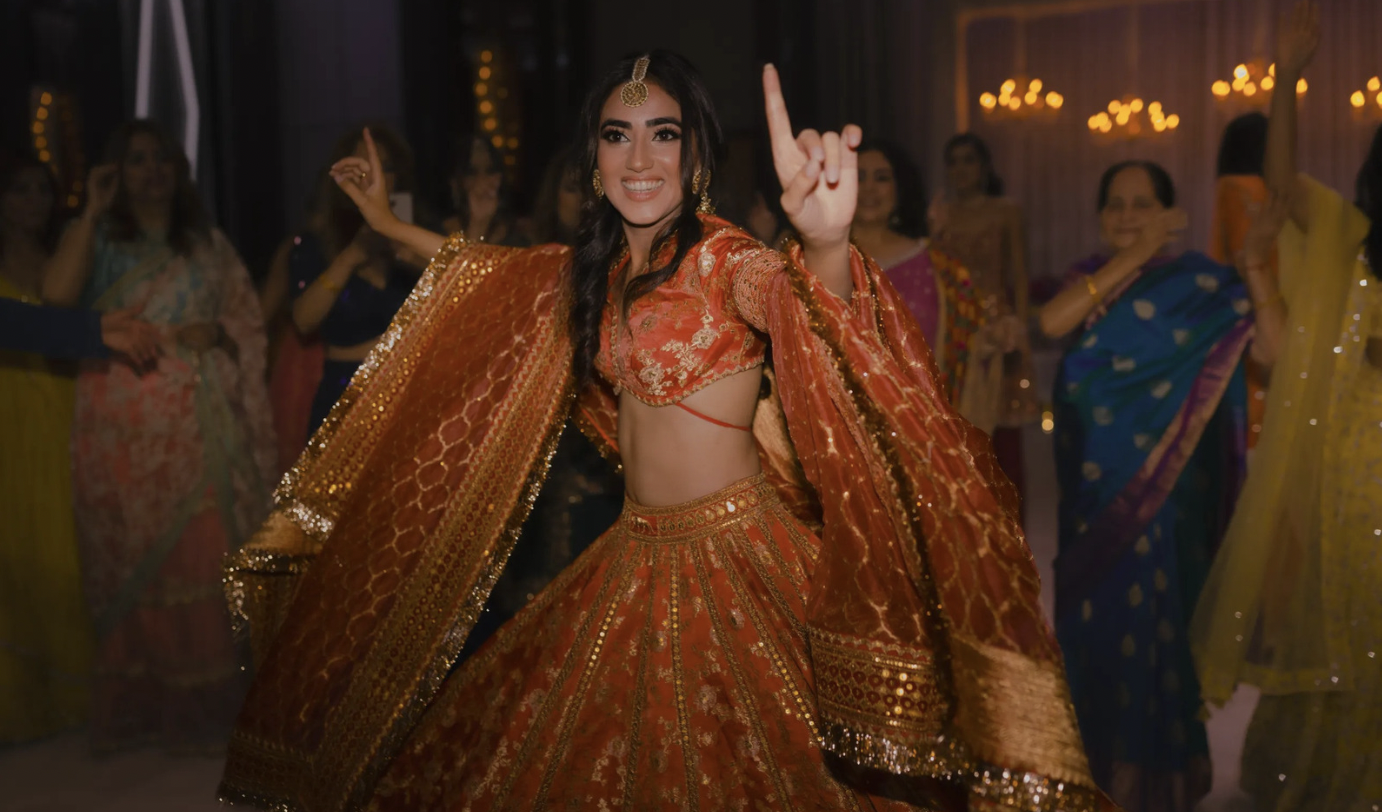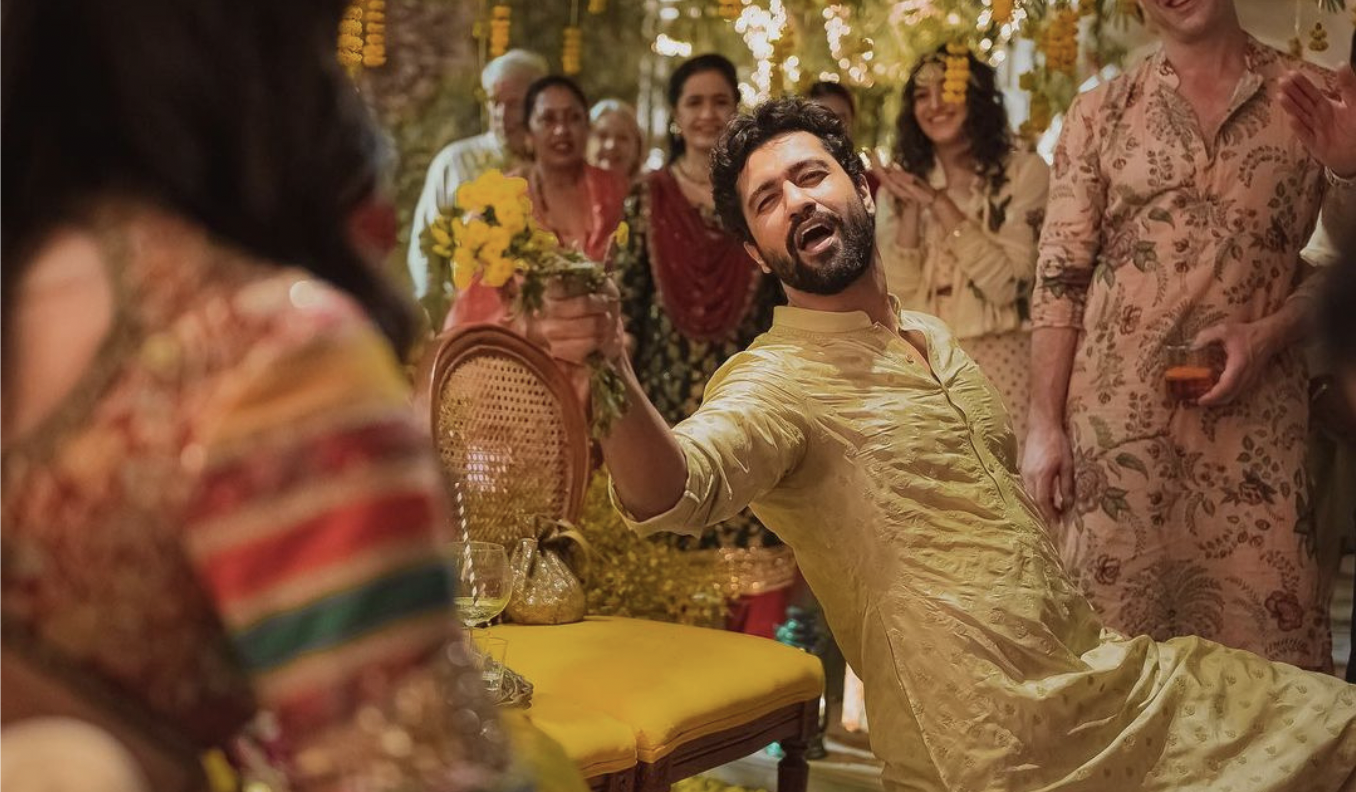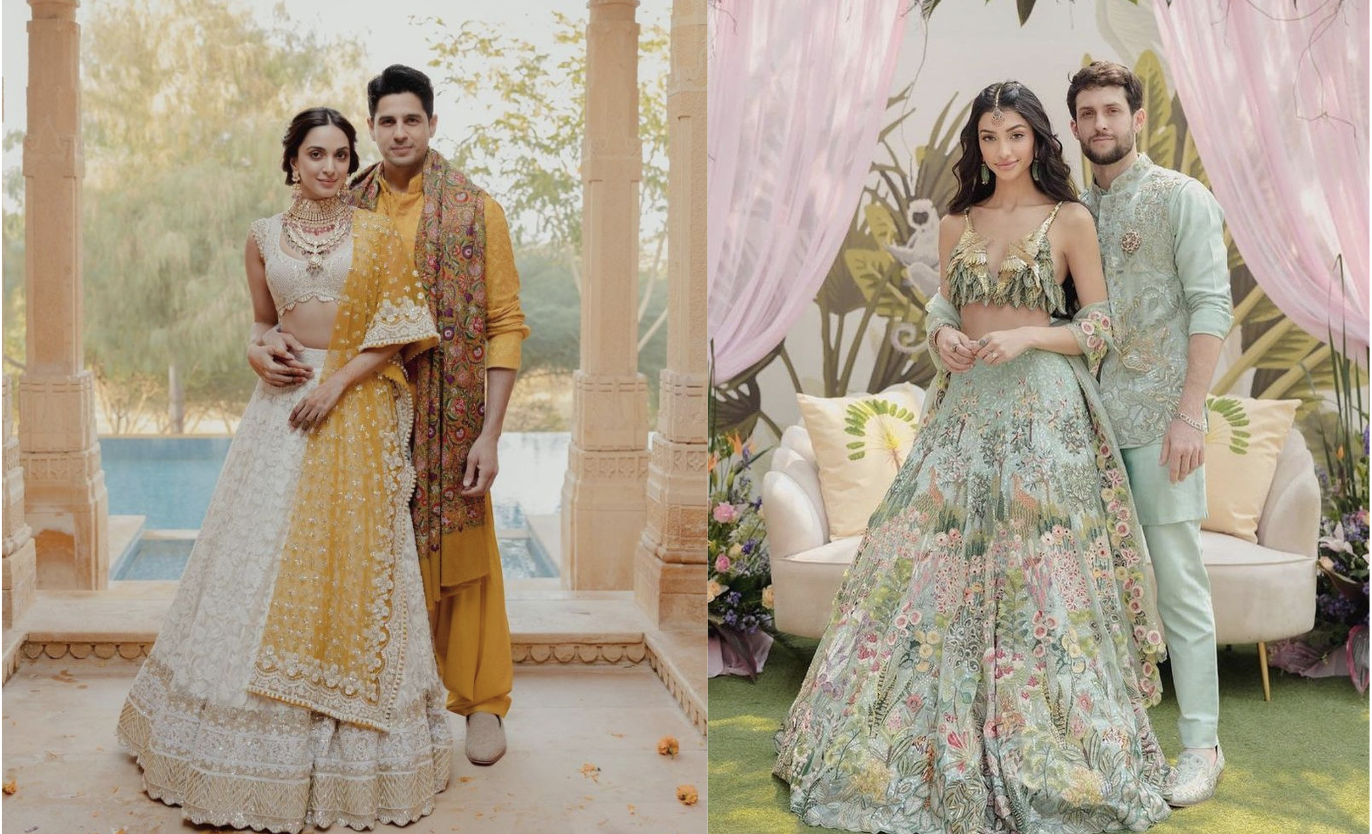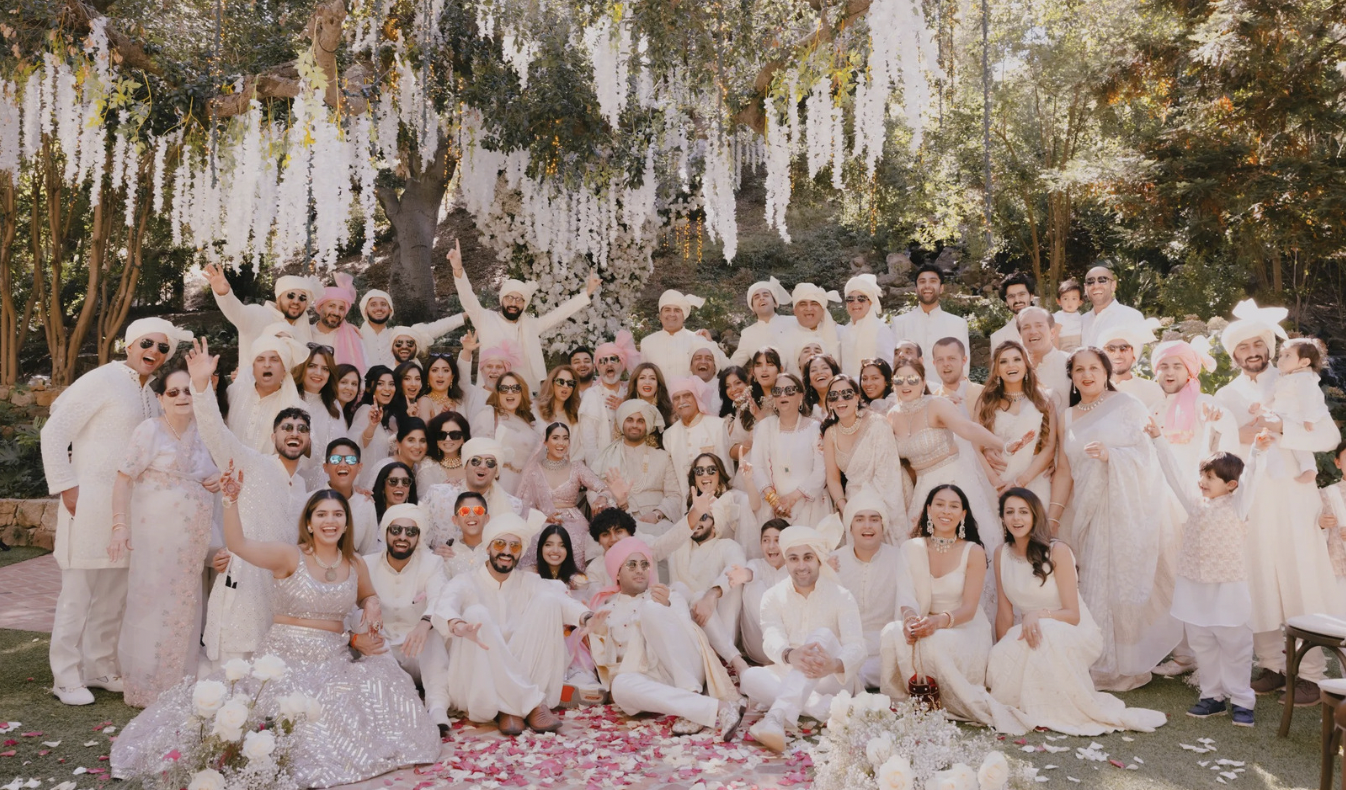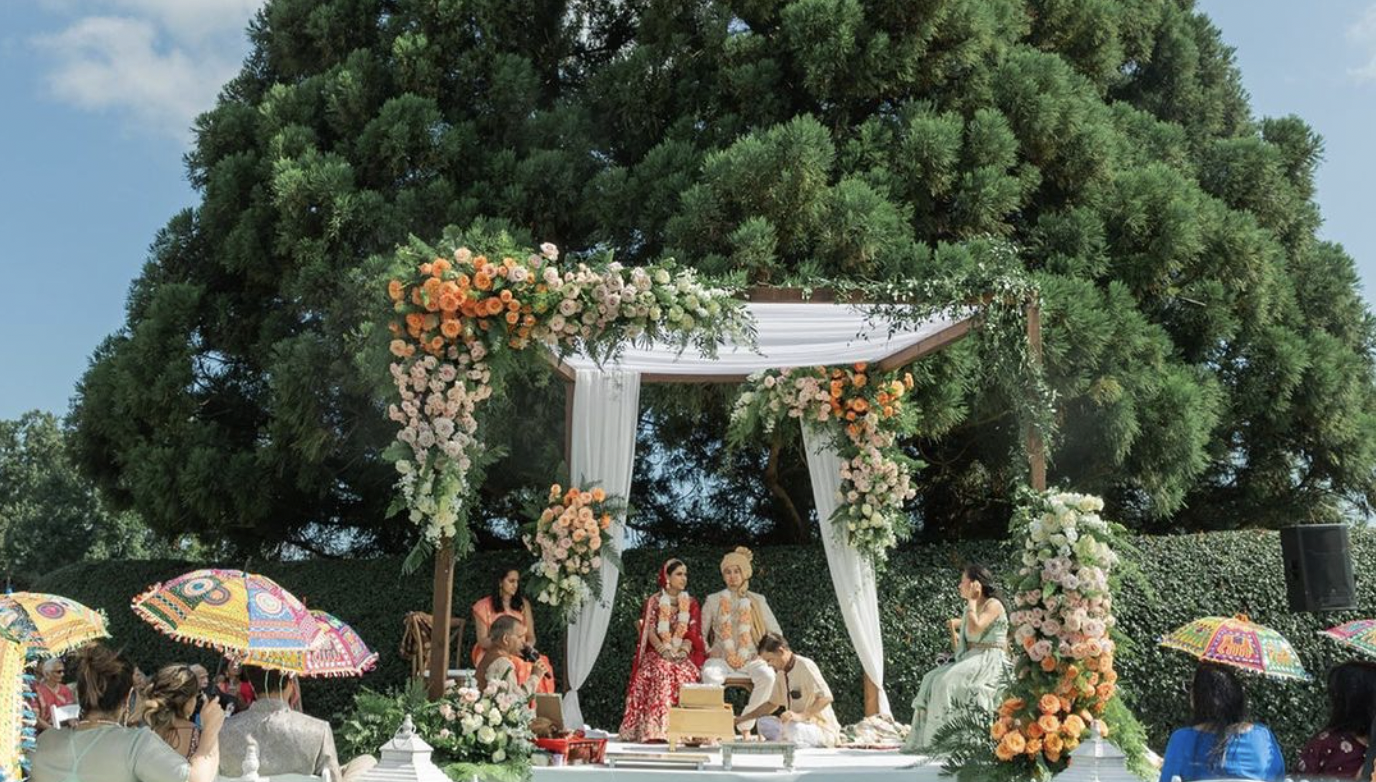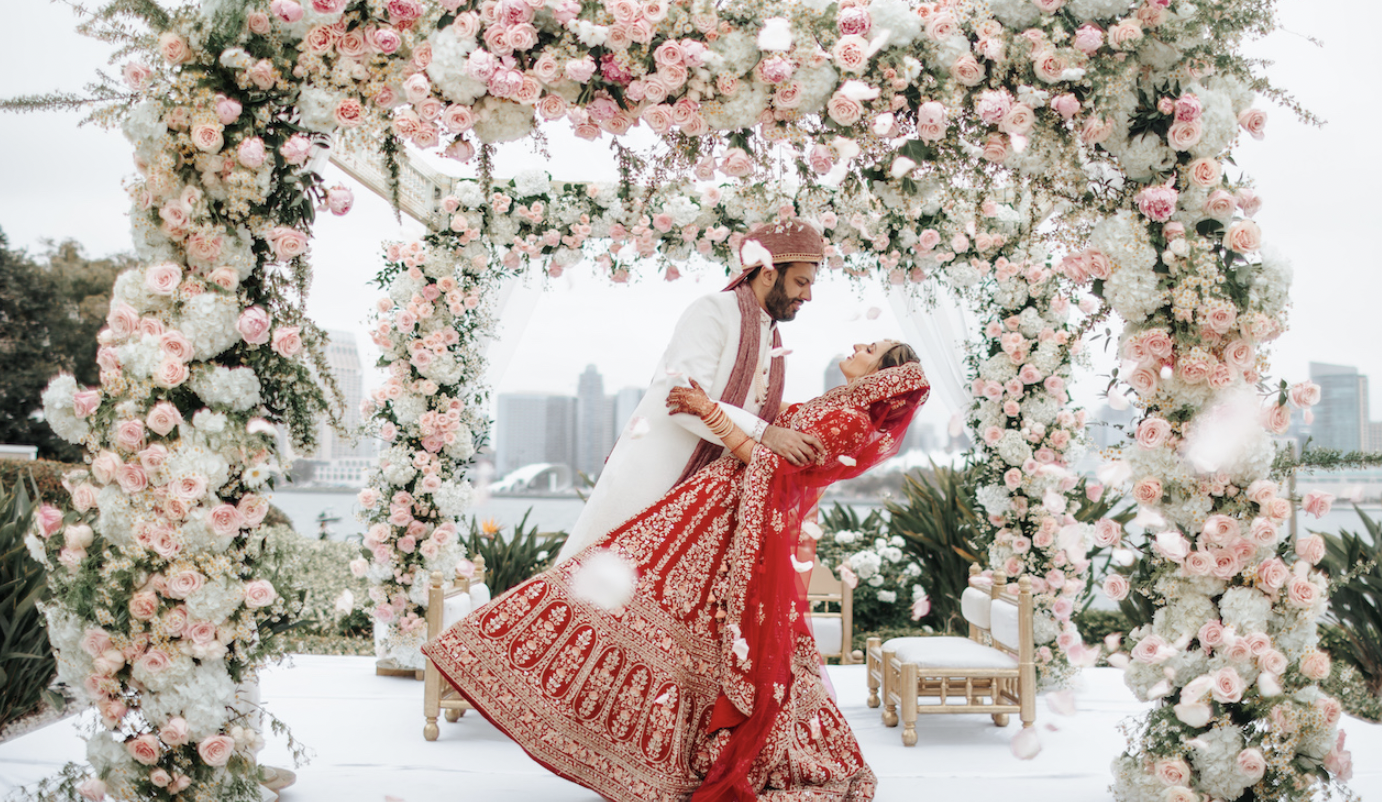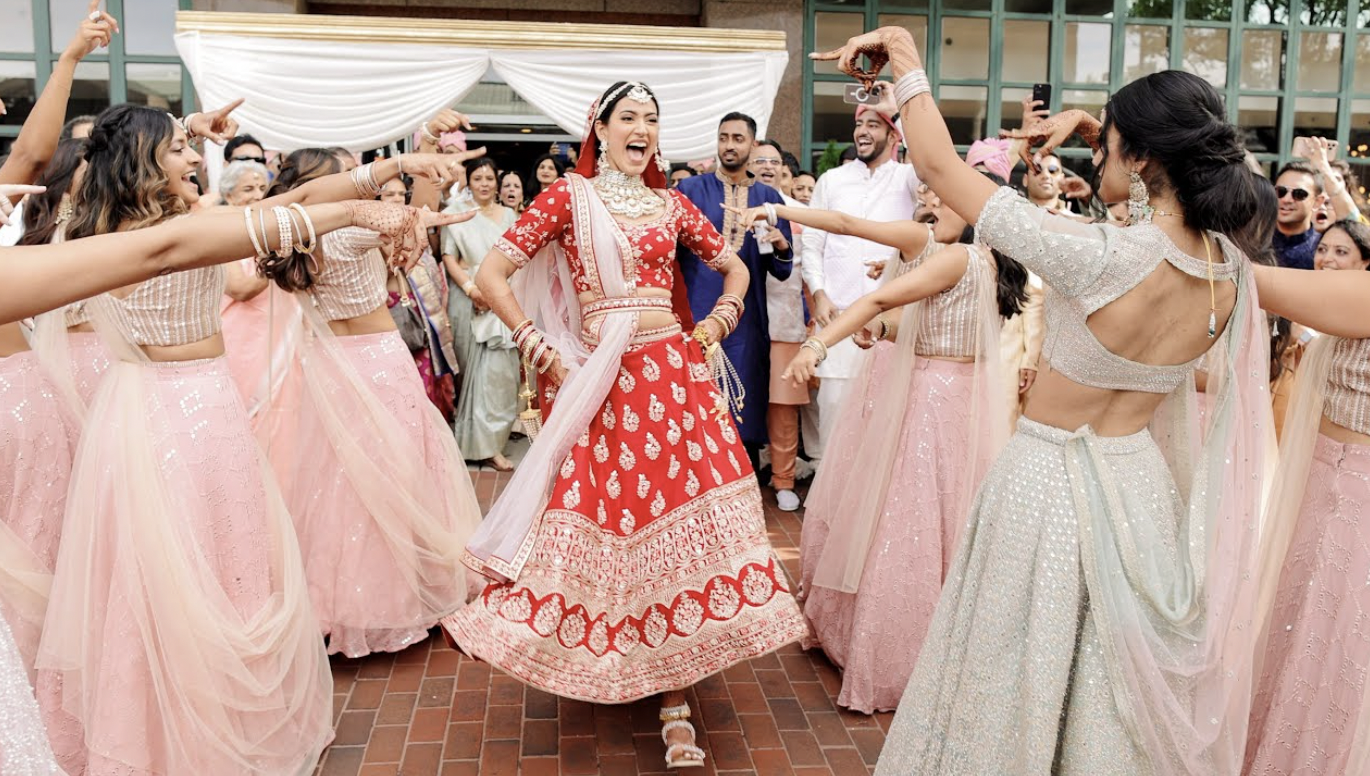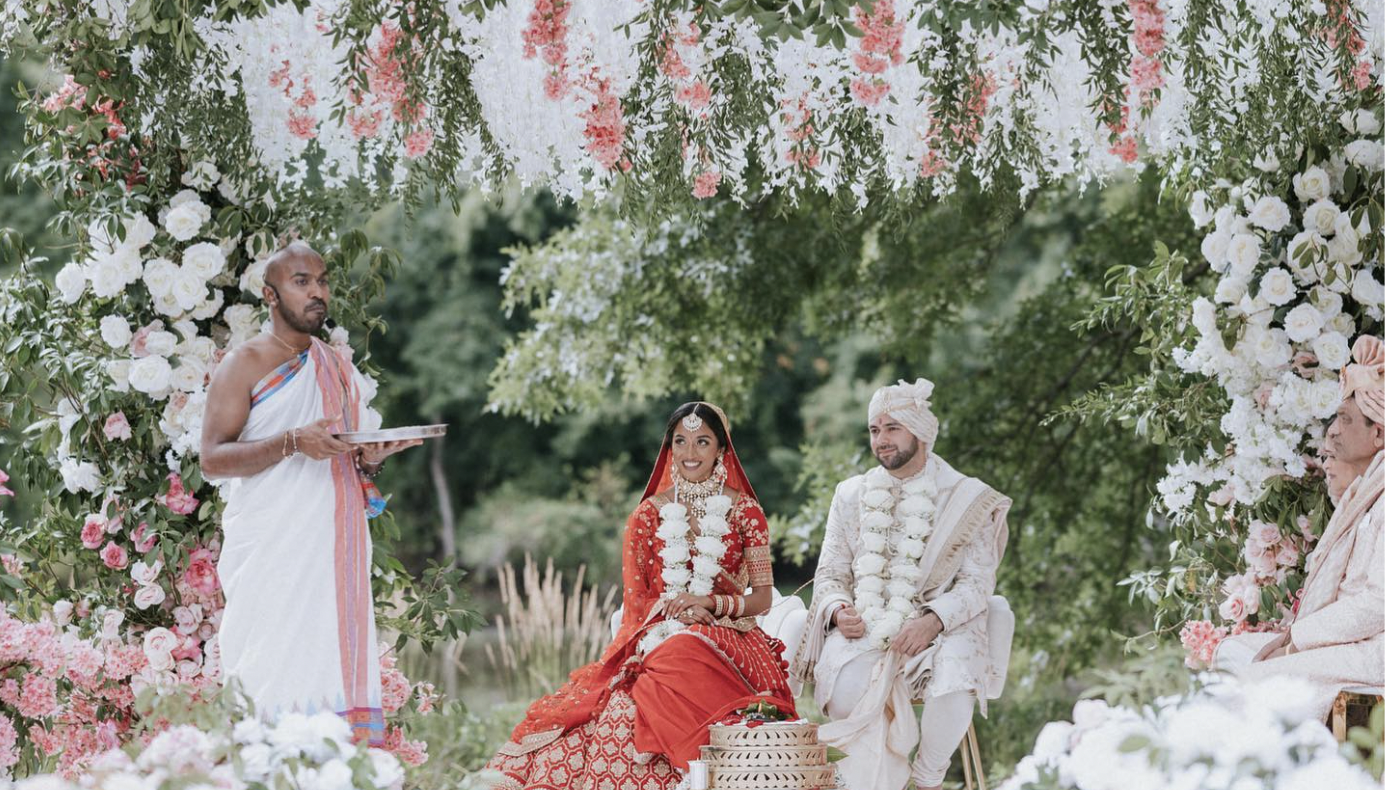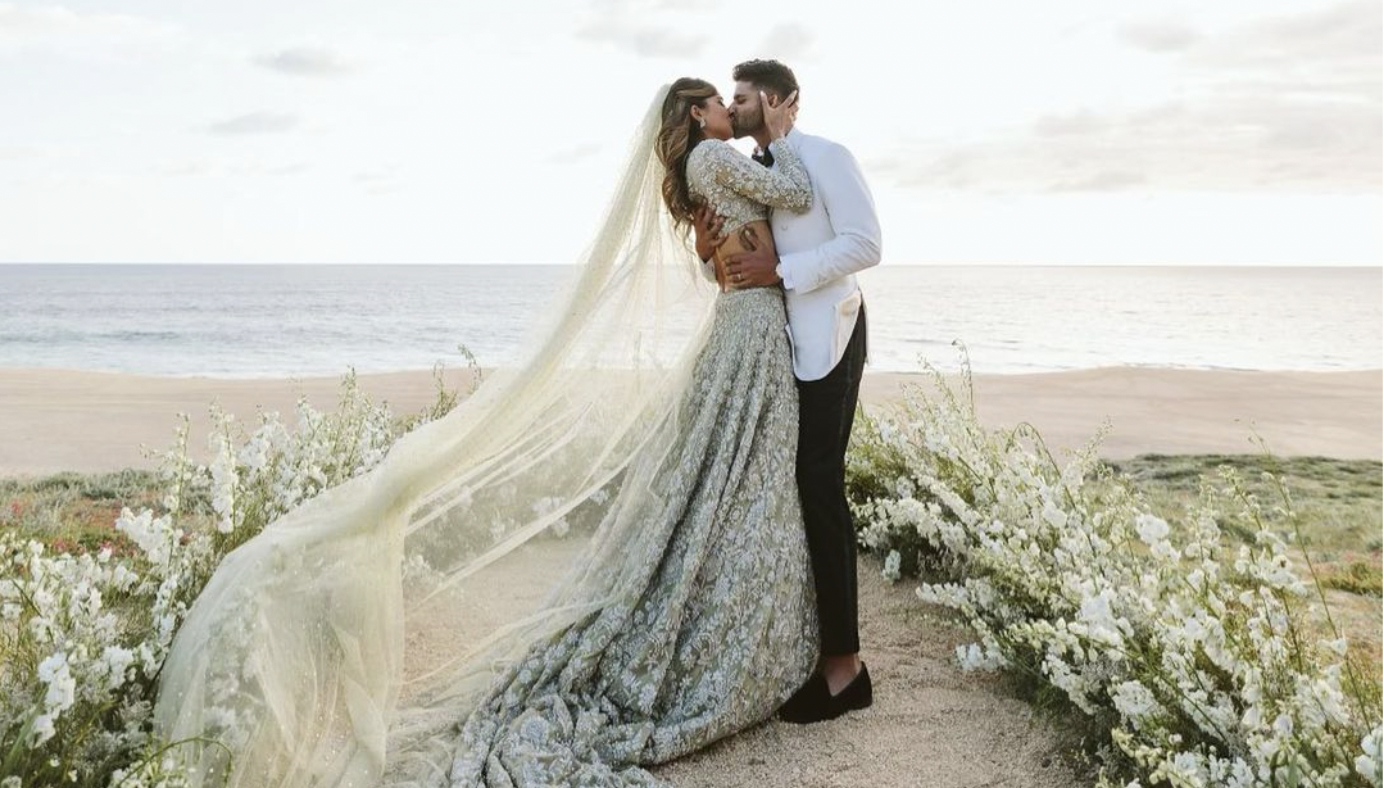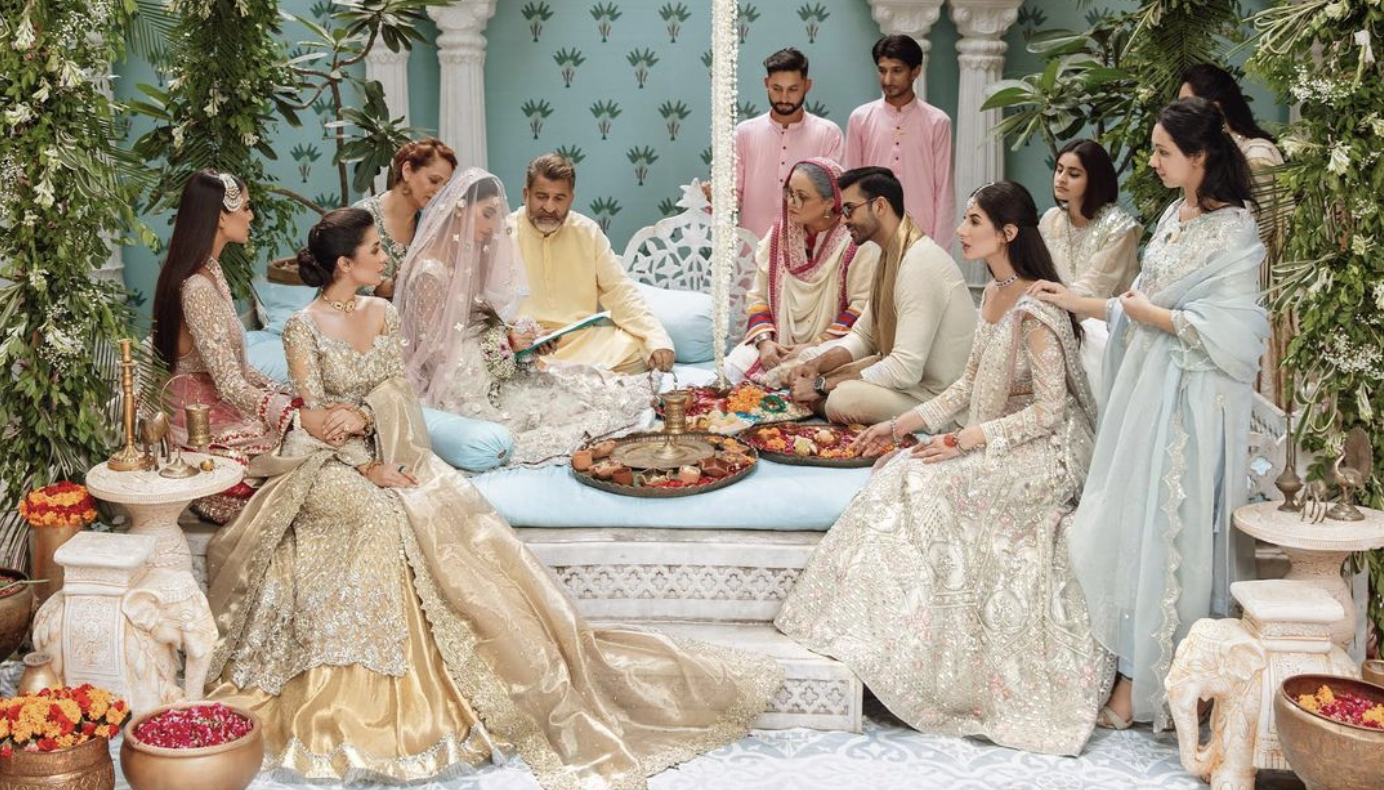20+ Hindu Wedding Traditions You Need To Know About
Wedding Planning Gayatri GuhaRich in tradition, vibrant, culturally grounded, full of pomp and galore - all these terms fit perfectly when describing a Hindu wedding. Where it is true that marriage is about the union of two individuals but in a Hindu wedding, it is also about the two sides of the individual, that is the family and close friends coming together to celebrate and bless the union. A Hindu wedding is almost like a grand festival and people celebrate the wedding for at least 2-3 days straight. In the olden days, a Hindu wedding would have practically been celebrated for more than a month with different pre and post-wedding rituals. Today, as times have evolved, a wedding ceremony does not take more than 3 days at max.
Popular Hindu Wedding Traditions

Source: Jamie Howell Photography
A Hindu wedding celebrates a number of rituals and traditions, and every ritual has deep philosophical and spiritual significance. To-be couples have started making their own traditions but not by ditching the old traditions followed at a wedding. There is a mix of new and old traditions that are practiced by the new age couples which makes it even more special. Here are a few Hindu wedding traditions that you should know about, and can save for future reference and knowledge.
1. Mahurat
In literal terms, Mahurat means time. At a Hindu wedding after both the families are introduced to each other, pleasantries and sweets are exchanged. The most important thing for them is to decide the timing or the ‘mahurat’ of the wedding ceremony taking place, then based on the date and time, they can arrange the other events like haldi, mehndi, and sangeet. Usually, an astrologer or a ‘Pandit’ does the date and time calculations and picks out an auspicious muharat to start this new union.
2. Roka or Tilak Ceremony
.jpeg)
Source: Inside Sonam Babani & Neil's Dreamy Wedding in Switzerland
Usually, after the alliance is fixed between two people, the families do a ritual named Roka or Tilak ceremony during which a paste made of roli (sacred thread) and rice is put on the forehead of the girl and boy. The girl is then adorned with a red chunni or a veil that symbolizes blessings from the elders. Some families also exchange rings on the same day and some do a separate ceremony - a ring ceremony to commemorate the event.
3. Barni Bandhwana
This ritual is followed differently by each community and usually takes place about 15 days prior to the wedding date. In this ritual, the groom’s family ties a red thread, known as ‘mauli’ around his wrist as a way to cast away evil eyes and pray for his safety and give blessings. After this ritual, according to the rules, the groom is not supposed to set foot out of his house till the wedding ceremony.
4. Mehndi Ceremony

Source: An Indian Wedding In Houston Filled With Love & Laughter: Bijal & Saral
The Mehndi ceremony is the first pre-wedding event that kickstarts the wedding ceremony. It is organized by the bride’s family where they invite close family relatives and friends. And almost every female members apply henna designs on their palm. The henna designs usually reflect floral motifs, geometric patterns, and lines, and the bride gets the groom’s name hidden in the design. Later, after the wedding, the groom is supposed to find out his hidden name in the bride's mehndi. This signifies how much patience he has for his wife. Another belief says if the shade of the henna is dark enough then it means the woman is immensely loved by her man and mother-in-law. Different regions have different beliefs and ways to go ahead.
Traditionally, there are families where even the groom also applies henna, and now, it has sort of becoming a trend now for the grooms to apply Henna - whether minimal or a bit elaborate as per their choice.
5. Sangeet Night

Sangeet night is the most happening pre-wedding event, where everyone gathers under one roof to have a gala time by dancing and singing. Sangeet in literal terms means ‘sung together'. It means families of both sides will come together and sing traditional songs and dance to the beats of dhol. Nowadays, it is more about playing Bollywood songs and dancing to the beats. Some people also hire dhol and dance their hearts out.
We have witnessed weddings where the bride's side and the groom's side challenge each other in a dance competition. This is the event where both the families let go of all the wedding stress and just have fun. As time is evolving, couples are introducing their own traditions, some play games where everybody participates, some friends or siblings will give speeches, and we also see several dance performances by family and friends. The Sangeet night is all about loosening up and having fun.
Also Read: 50+ Sangeet Songs For Your Note-worthy Dance Performance
6. Haldi Ceremony
.jpeg)
Source: Yatrik & Shivani’s Love-Themed Intimate Wedding In Chicago
The Haldi ceremony is where the bride and groom’s family put Haldi i.e. turmeric paste on both of them. The significance of the Haldi ceremony is that the paste applied to the couple’s face is believed to bless the couple on taking a step towards the new journey. The turmeric paste or the Haldi is made of turmeric, oil, and water. The ritual is to put the haldi first on the groom and then on the bride. It is one of the most important ceremonies of the wedding as the ritual is held on the morning of the wedding day. The auspicious reason for this ceremony is that turmeric is incorporated into every ritual as a blessing. But the scientific meaning for this ritual is that Haldi is considered to have healing power and applying it makes the skin brighter and helps boost immunity and keeps any kind of allergies or skin infection away on the big day.
7. Baraat

Source: Lin & Jirsa Photography
The wedding ceremony happens at the bride’s place and to marry her the groom has to come along with his family and friends with all pomp and show. The arrival of the groom is also celebrated and while he is on his way to the altar, the whole procession is called the Baraat. According to the ritual, the groom comes riding a horse or in a more traditional way an elephant but nowadays the grooms are mostly seen coming in cars. The groom’s arrival is a festival in itself with all the ‘dhol-nagadas’ and the friends and family of the groom dancing to the beats of the drum.
8. Milni
Milni means ‘meeting’ in literal term and this happens when the baraat, i.e. the groom’s side has arrived, they are welcomed by the bride's side by hugging each other, putting on a floral garland, or exchanging gifts or sweets as a mark of welcome and respect.
9. Ganesh Puja

Source: Lin & Jirsa Photography
Many communities perform a small Ganesh Puja before the wedding ceremony starts. Some family prefers doing the puja way before the pre-wedding festivities began while some do it just after the mahurat or the dates are fixed. It depends on what your family follows, but Ganesh Puja is an auspicious start to a new life.
10. The Bridal Entry

Source: House on the Clouds
The bridal entry in every wedding is the most beautiful and emotional one for the bride and her family. It marks the beginning of a new phase of her life - from her parents' home to her husband's home. In Hindu tradition a woman is treated like Goddess Laxmi, so for the groom's side it is like welcoming Goddess to her new place and it is a happy moment. Every community does the entry differently, mostly the bride walks down the aisle with her father and brothers, and somewhere it is with the phoolon ki chaddar. In Bengali tradition, the bride is picked up by her brothers and taken to the altar with her face covered with betel leaves. Every community has its own set of ways that they have been practicing for centuries.
11. Jaimala or Varmala Ceremony

Source: Matei Horvath Photography
Jaimala or Varmala is the ceremony where the bride and groom exchange garland. It is made of a string of flowers like roses, marigolds, or jasmine. Nowadays, couples are experiementing with different flowers like baby breaths and some go for a mix of green with the chosen flowers and then different shades of roses. It is an important part of the wedding ceremony as it symbolizes that both of them are ready to welcome each other in their lives.
12. Kanyadaan

Source: Mili Ghosh Diaries
When the wedding ceremony starts, there is a ritual named Kanyadaan where the father has to give away her daughter’s hand to the groom's hand as a sign that now she is a part of his life. Kanyadaan means giving away your daughter, and it is an emotional moment for the father as well as the daughter.
13. Havan

Source: An Intimate Multi-Faith Wedding In Chicago: Devanshi & Prem
While the ceremony is on, some communities have havan which is a firepot and the fire in the pot is treated as the Holy Fire which signifies the presence of Lord Agni to bless the union.
14. Pheras

Source: Vinuthna Garidipuri
Pheras means the groom and the bride hold each other’s hands and go round the havan-kund or the Holy Fire. This ritual is also known as Saptapadi, as in seven steps. The groom’s sister or the bride’s sister comes up and ties one end of the bride’s veil to the end of the grooms stole into a knot. The knot is called Gath Bandhan and is done for performing the Saptapadi or the 7 Pheras. Each vow and step signify a stage in the marriage that the couple will encounter. The steps are taken together, and each step represents seven different prayers: food, strength, prosperity, family, offspring, health, and friendship. This is an important part of the ceremony to get the union blessed and officially based on Hindu traditions. Now around the holy fire, the couple takes 7 rounds, 4 where the groom is in front and 3 where the bride is in the front.
Also Read: 8 Indian Groom Fashion Ideas For Your Wedding Ceremonies
15. Mangalsutra & Sindoor

Source: Rii Music
Mangalsutra is a neckpiece that the groom ties onto the bride and after that, he applies sindoor or vermillion on the center of her head. These two are the symbols of them officially being married in presence of the Holy fire, God, and their families. If you see a woman wearing a mangalsutra and sindoor that means she is married. A mangalsutra is made of black and golden beads and it is believed to be sacred.
16. Joota Chupai

Source: Through The Barrel
This is a fun ritual conducted by the siblings, cousins, and friends of both sides of the couple. The bride’s side is supposed to steal the groom’s shoes and hide them until the ceremony is over and in exchange for the shoes the groom has to pay them whatever amount they ask. The groom’s side job is simple - take care of the shoes and if stolen before the ceremony they have to find them. It is a super fun ritual, and especially when the main ceremony is going on, the youngsters can have a little fun too with this ritual.
17. Ashirvaad
Ashirvaad means blessings. After the marriage ceremony is done, the elders of the family come forward to bless the couple, a very prosperous married life. Sometimes the elders also give gifts in terms of jewelry, money, or clothes with their wishes.
18. Bidaai

Source: Reels and Frames
The most emotional and bittersweet moment in the whole wedding is this time when the ceremony is done and now it is time for the bride to bid farewell to her family and go to her new home. The Bidaai ceremony is a final farewell to the daughter of the house from her parents house with a blessing for the new beginnings that waits for her.
19. Graha Pravesh

Once the couple arrives at the groom’s place, which is the new abode for the bride, the family welcomes the newlywed and especially the bride to her new place. ‘Grih’ means Home and ‘Pravesh’ means welcome - and the term means welcome home. There is a small pot of rice kept at the gate and the bride has to kick it and enter with her left leg first. Then there is a plate filled with water mixed with red tilak, where she is supposed to put both her feet and then walk in leaving her footmarks on a white cloth or the floor of the house. As we mentioned earlier, in Hindu tradition, women are known as Goddess Laxmi, and here the footmarks and welcoming her with the aarti and pushing the rice pot to symbolize that Goddess has come home.
20. Mooh-dikhai
Moohdikhai is a small ritual after the newlywed is home. The ritual is for the introduction of the new bride to the groom’s family members. In general, the ladies take part in this ceremony where after taking a peek at the bride’s face they shower her with gifts and blessings. This ceremony helps somewhere to break the ice and make the bride feel at home.
21. Post Wedding Games

Source: Shivani Bafna
After a hectic day with a roller coaster of emotions, the bride and groom indulge in some traditional games that are being played for generations now. The most common game is finding the ring. In a bowl filled with milk and flower petals, the siblings or anyone from the groom’s side will drop the ring in the bowl for the couple to find it. It is believed that whoever gets the ring first will rule the other and the house. This game has three rounds and whoever wins the game majority of times, wins the game. There are multiple games played by couples post-wedding, and the main idea is to make the new bride feel comfortable and feel at home.
22. Reception Party
Source: Gagan & Kevan's Waterfront Wedding In Surrey Is Everything Regal
The reception party is the last leg of the celebration that happens after the wedding day. This party is given by the groom’s side to happily announce their marital status and introduce the new bride one-on-one with the family members. The bride's immediate family is also invited to be a part of the event hosted by groom's side to congratulate and wish the couple a very happy and prosperous married life.
Also Read: 25 Best First Dance Songs For Your Wedding
Conclusion
The Hindu wedding traditions differ in every community but the basic rituals are the same. New age couples are keeping the old tradition in mind and incorporating the new traditions that are more suitable in today’s time and era. Do share the rituals and traditions followed at a Hindu wedding in your community.
Edited & Photo Sourced By: Neha Garg Ahuja

